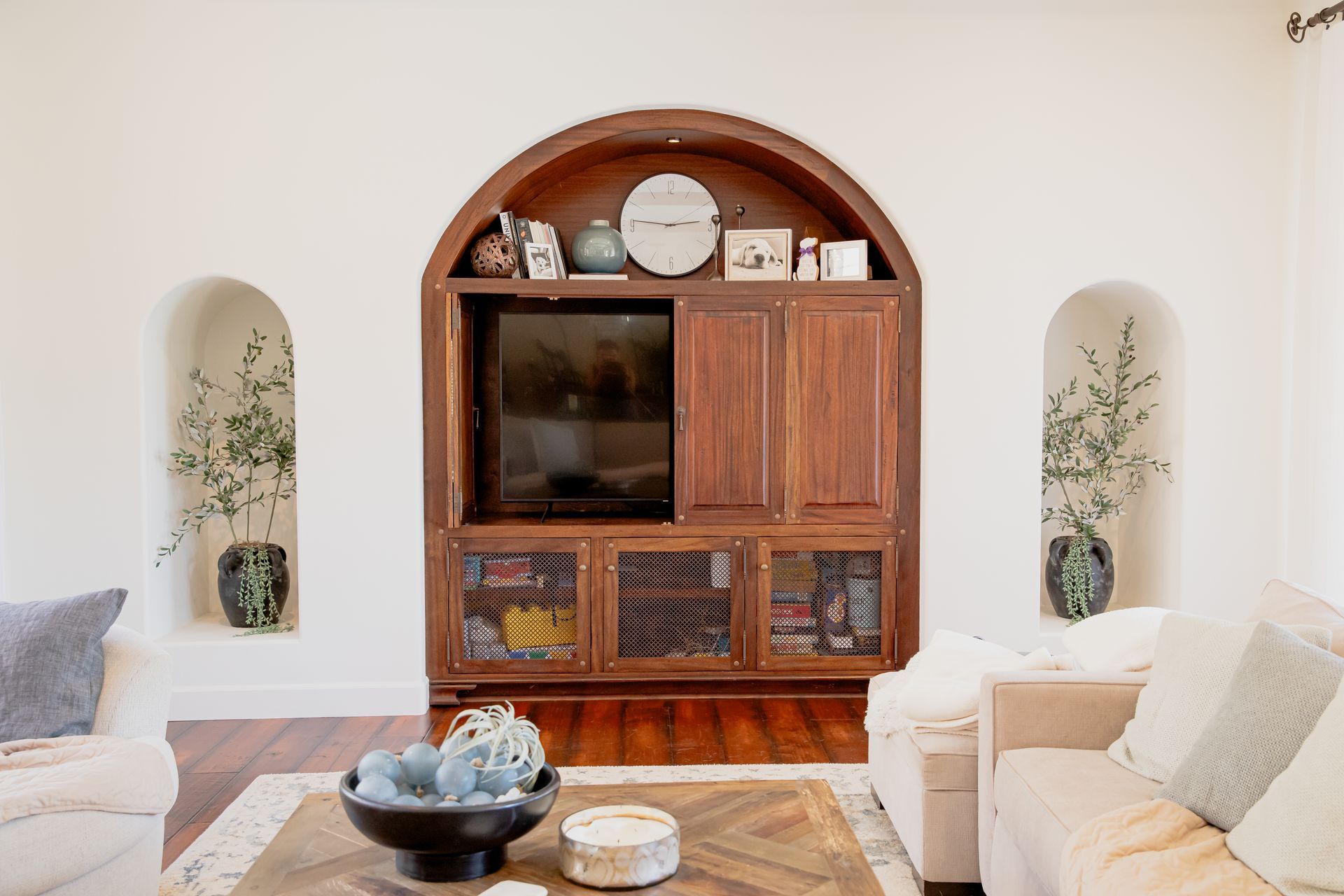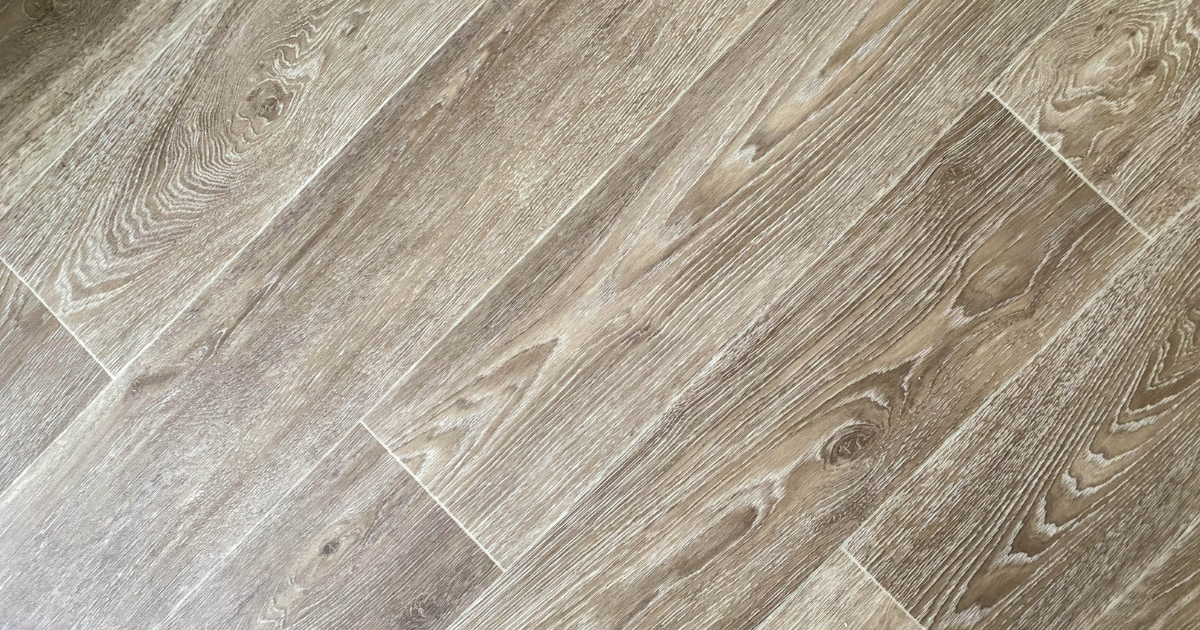How to Build Alcove Cabinets: A Step by Step Guide
Are you looking to add elegance and functionality to your living space? Alcove cabinets are a fantastic addition to any home, offering tailored storage solutions while enhancing the aesthetic appeal of your room. In this guide, we'll walk you through the steps of building alcove cabinets, providing valuable insights and tips along the way. As well as discussing how a custom cabinet maker could help yield the best results for your project.
Step 1: Planning and Measurement
Before diving into the construction process head first, meticulous planning is essential. Be sure to measure the dimensions of your alcove space accurately, taking into account any irregularities or obstacles. Consider the height, width, and depth of the cabinets, as well as any special features you may want to incorporate, such as adjustable shelves or integrated lighting.
Step 2: Material Selection
Choose high-quality materials for your alcove cabinets to ensure durability and longevity. Opt for sturdy plywood or medium-density fiberboard (MDF) for the cabinet boxes, and select hardwood for the doors and trim. Take your time exploring different finishes and styles to complement the existing decor of your room.
Step 3: Construction Process
Begin by constructing the cabinet boxes, ensuring they are level and securely anchored to the wall. Cut the plywood or MDF to size and assemble the boxes using wood glue and screws. Install adjustable shelves as needed, allowing for flexible storage options. Next, focus on crafting the doors and trim, paying close attention to detail to achieve a polished finish.
Step 4: Finishing Touches
Once the cabinets are assembled and installed, it's time to add the finishing touches. Sand the surfaces to ensure a smooth texture, and apply multiple coats of paint or stain for a professional look. Consider adding decorative hardware, such as knobs or handles, to enhance the aesthetic appeal of your cabinets.
Some Food for Thought
While DIY alcove cabinet projects can be rewarding, they also require time, patience, and a certain level of woodworking skill. For those seeking flawless results and custom designs tailored to their exact specifications, enlisting the expertise of a custom cabinet maker is highly recommended.
The Value of Professional Craftsmanship
Alcove cabinets are a significant investment in your home's aesthetics and functionality. Employing a skilled custom cabinet maker offers numerous benefits, including precision craftsmanship, personalized design options, and access to premium materials. By entrusting your project to experienced professionals, you can ensure that your alcove cabinets exceed expectations and become a timeless addition to your home.
Ready to elevate your living space with bespoke alcove cabinets? With a passion for woodworking and a dedication to craftsmanship, we transform your ideas into stunning, handcrafted custom cabinets that will enhance your living space and add value to your home. Contact us today to explore our custom cabinetry solutions and bring your vision to life!













